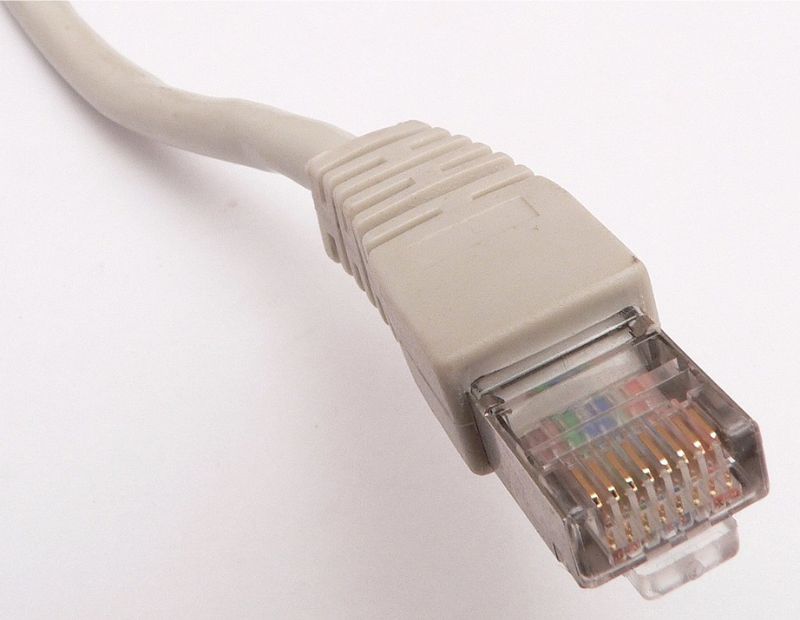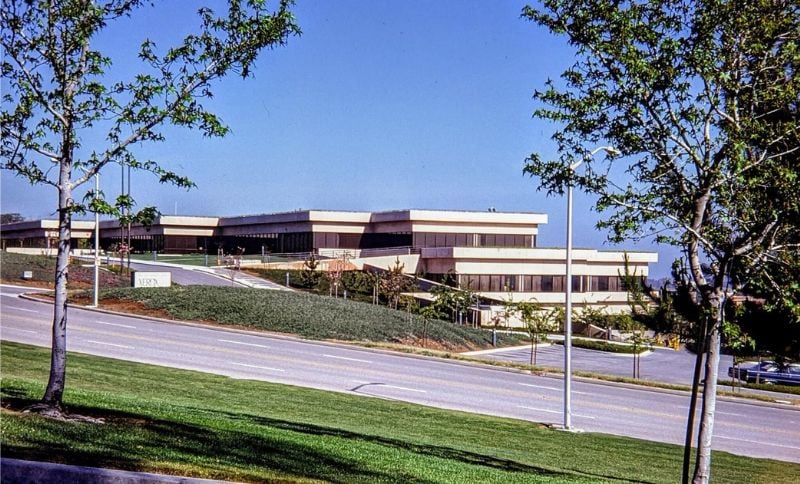Celebrating the Smart Grid Enabling Ethernet
Fifty years after it was first proposed, the Ethernet has enabled the Internet and the development of smart power grids.
It isn’t often that the exact date of a technological revolution can be defined, but in the case of the Ethernet, that date is May 22, 1973. In the early 1970s, computer networking was a niche area of computer science.
Ethernet cable. Image used courtesy of Wikimedia Commons
At the time, computers were large, expensive machines used primarily for scientific and academic research. The idea of connecting computers into a network was still in its infancy, but a group of researchers at Xerox Corporation’s Palo Alto Research Center (PARC) were determined to change that. On that auspicious date in May, Robert Metcalfe sent a memo outlining a new concept he called the Ethernet.
Metcalfe’s solution was a networking technology that allowed computers to communicate with each other using a shared cable. The Ethernet was based on a simple idea: each computer on the network would be connected to a central cable, and data would be sent between computers by broadcasting it to all the other computers on the network. The Ethernet used a protocol called Carrier Sense Multiple Access with Collision Detection (CSMA/CD), ensuring data sent from one computer would not collide with another.
The First Ethernet Prototype
In 1973, Metcalfe and his team built the first Ethernet prototype, the Alto Aloha Network. The network consisted of three Xerox Alto computers connected to a shared cable. The system worked, and Metcalfe began to see the potential of the Ethernet as a solution to the networking problems faced by Xerox and other companies.
Over the next few years, Metcalfe and his team refined the Ethernet, improving its speed and reliability. In 1976, they published a paper describing the Ethernet and its potential applications, which helped popularize the technology in the computer industry.
Xerox Corporation’s Palo Alto Research Center (PARC) in 1977. Image used courtesy of Dicklyon, CC BY-SA 4.0, via Wikimedia Commons
One of the first companies to adopt the Ethernet was Digital Equipment Corporation (DEC), which used the Ethernet to connect its computers. Other companies soon followed, and the Ethernet became a standard networking technology in the computer industry.
In 1980, the Institute of Electrical and Electronics Engineers (IEEE) formed a working group to standardize the Ethernet. The group developed a set of standards called IEEE 802.3, which defined the physical and data-link layers of the Ethernet protocol.
By the mid-1980s, the Ethernet had become the dominant networking technology in the computer industry and continued to evolve. In the 1990s, the Ethernet was adapted for use in local area networks (LANs) and wide area networks (WANs) and became the basis for the Internet.
Smart Grids
The creation of the Ethernet played a crucial role in enabling the development of smart grids—modern electrical grids that use advanced digital technology to improve efficiency, reliability, and sustainability.
Smart grids are designed to monitor and manage the flow of electricity in real-time, using sensors and control systems to optimize power generation, distribution, and consumption. This requires a complex network of devices and systems that communicate with each other to exchange information and coordinate their actions.
The Ethernet provides the underlying network infrastructure that makes this communication possible. By connecting smart grid devices and systems, the Ethernet enables them to exchange data in real-time and respond to changing conditions quickly and efficiently.
One of the key advantages of the Ethernet is its high bandwidth, which allows smart grid devices to exchange large amounts of data quickly. This is essential for monitoring and controlling complex electrical systems, as it enables smart grid operators to detect and respond to issues quickly before they become major problems.
Another advantage of the Ethernet is its flexibility and scalability. Smart grids are complex systems that require a variety of devices and systems to work together seamlessly. The Ethernet provides a flexible and scalable platform for connecting these devices, allowing smart grid operators to add or remove devices as needed without disrupting the overall system.
Security is also a critical concern for smart grids, as they are vulnerable to cyber-attacks that can disrupt power generation and distribution. The Ethernet provides a robust and secure platform for smart grid communication, with built-in security features that protect against cyber threats.
The World Runs on the Ethernet
Today, the Ethernet is an essential technology for computer networking, and it continues to evolve to meet the demands of modern networking applications. Overall, the creation of the Ethernet played a crucial role in enabling the development of smart grids by providing a high-bandwidth, flexible, scalable, and secure network infrastructure.
From its humble beginnings as a simple idea at a research lab in Palo Alto, the Ethernet has changed how we connect and communicate. It has become a symbol of innovation and technological progress in the computer industry.








